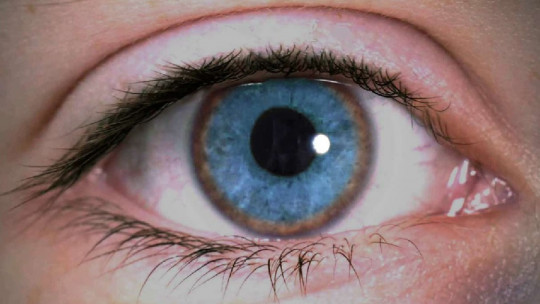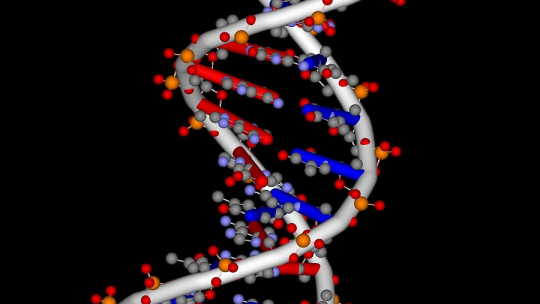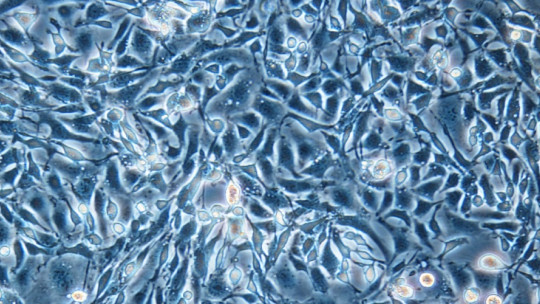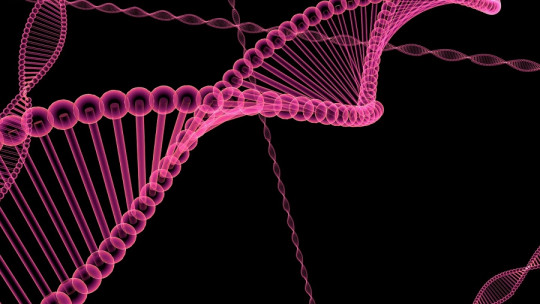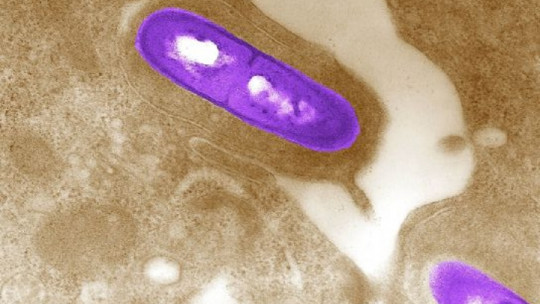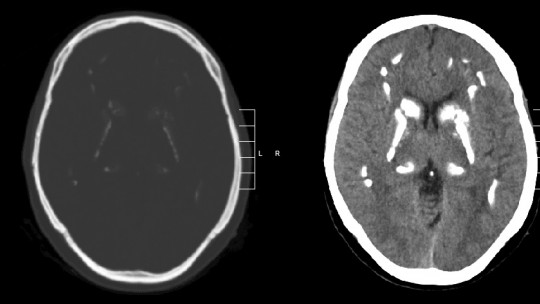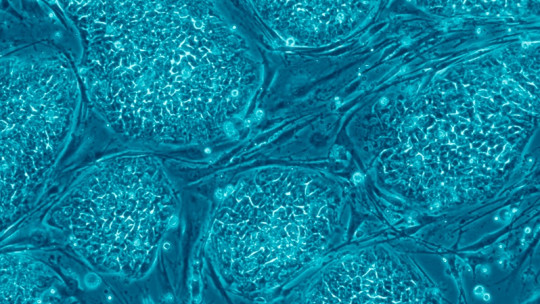Copper is an essential trace element that we absorb from some foods and that allows us to enjoy good health. However, it is toxic and harmful to health if the amount of copper in the body is excessive; is what happens in Wilson’s disease
This rare disease is inherited from parents in an autosomal recessive pattern. In this article we will learn about its risk factors, what its symptoms are and how it can be treated.
Copper and its impact on health
Copper is a substance (trace element) that we extract from some foods such as chocolate or cereals, and that contributes to maintaining good health It intervenes in the formation of hemoglobin, red blood cells and various enzymes; It also participates in the degradation of carbohydrates, lipids and proteins.
In addition, it intervenes in the assimilation of vitamin C by the body.
Thus, copper plays a fundamental role in the development of healthy nerves, bones, collagen and melanin, the pigments of the skin. We normally absorb copper from food and we excrete its excess through a substance produced in the liver (bile).
However, In people with Wilson’s disease, copper is released directly into the bloodstream This can lead to significant damage to the brain, kidneys and eyes.
Wilson’s disease: characteristics
Wilson’s disease is a rare inherited disorder , which causes the body to be unable to get rid of extra copper and therefore accumulates copper in the liver, brain and other vital organs. To stay healthy, the body needs certain amounts of copper, but if its presence is too high it can be toxic.
This disease, in which copper metabolism is altered, exists from birth , although it is true that symptoms do not begin to appear until later, normally between 5 and 35 years of age. That is why many times the diagnosis is made then. It can also affect older or younger people.
At a symptomatic level, the disease begins to affect the liver, the central nervous system or both at the same time.
The diagnosis of Wilson’s disease It is done based on a physical analysis and laboratory tests and it is not usually very complex.
Symptoms
As we have seen, although Wilson’s disease is present from birth, the signs and symptoms do not manifest until a certain amount of copper accumulates in the brain, liver or other vital organ
Signs and symptoms may vary depending on which parts of the body are affected by the disease.
The most characteristic symptom is the presence, around the cornea of the eye, of a brown ring. However, other symptoms appear such as:
Causes
The direct cause of Wilson’s disease is heredity; this follows an autosomal recessive pattern , which means that to suffer from it, you must inherit a copy of the defective gene from each father or mother. If the person receives a single abnormal gene, they will not suffer from the disease, although they will be considered a carrier and it is likely that their sons or daughters will inherit the gene.
Risk factor’s
The risk of suffering from Wilson’s disease increases if the father, mother or one of the siblings is a carrier or has the disease. It is because of that In these cases it is advisable to perform a detailed genetic analysis to determine whether or not you have the disease.
As we will see, the earlier the disease is detected, the more likely it is that the treatment will be effective.
Treatment
Wilson’s disease is a treatable disease; Thus, if detected early and appropriate treatment is administered, People who suffer from it can enjoy good health and a good quality of life
Said treatment will consist of a Pharmacotherapy specifically in the administration of medications that eliminate additional or “excess” copper from the body.
In addition to taking these medications, patients with this disease must follow a low-copper diet for life. Thus, they should avoid foods with high levels of copper, such as mollusks or liver.
On the other hand, when you start treatment, you should also avoid some specific foods such as chocolate, sweets and nuts or dried fruits.
Patients should also test their household water (to control the amount of copper it has) and not take vitamins that contain this metal.

